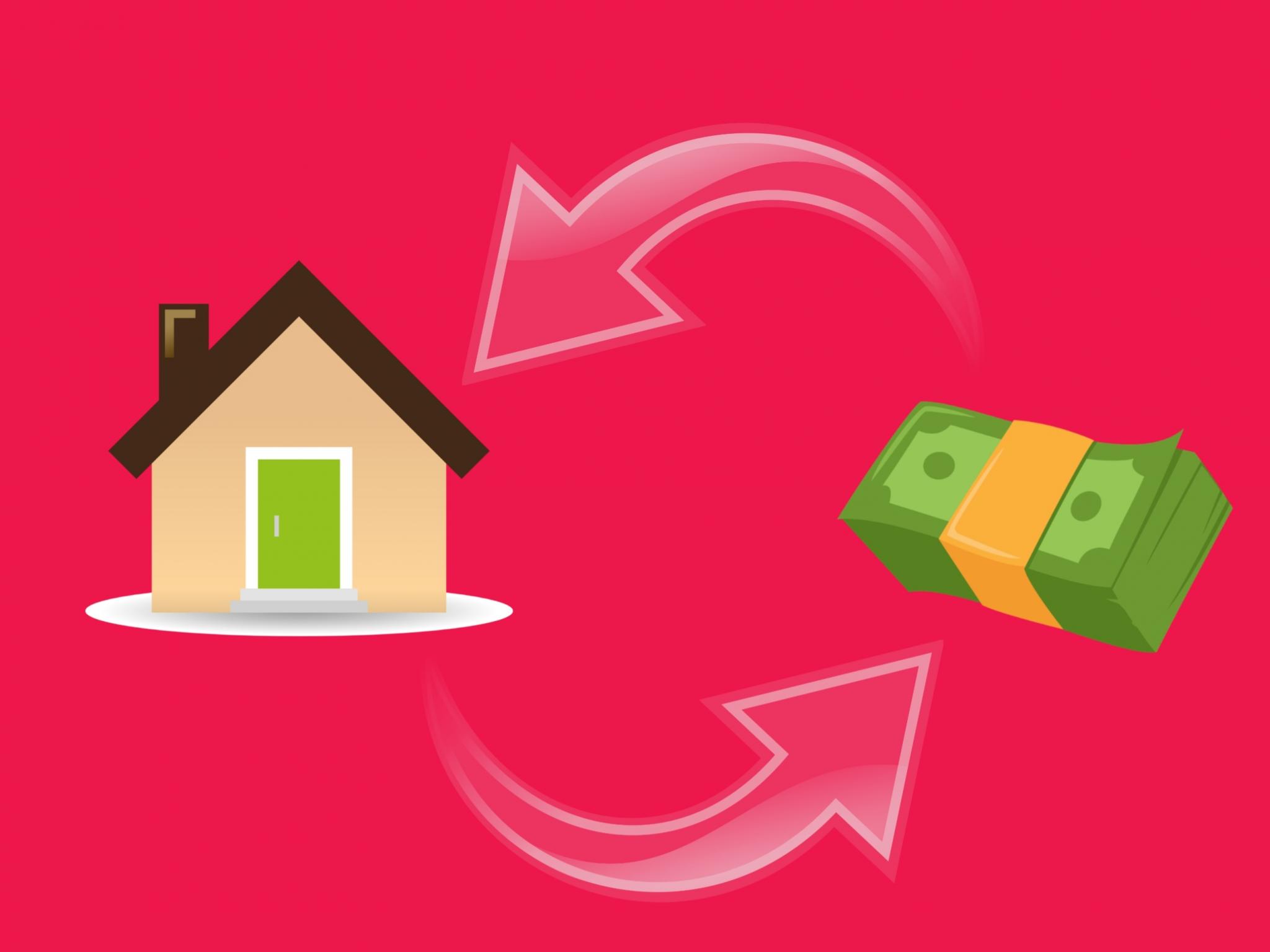
Mortgage rates remained on the high side this week while pending home sales continued to decline and mortgage delinquency rates also recorded downward motion.
On The Mortgage Front: According to the latest data from Freddie Mac (OTC:FMCC), the 30-year fixed-rate mortgage averaged 5.1% for the week ending April 28, down slightly from last week’s 5.11%. The 15-year fixed-rate mortgage averaged 4.4%, up from last week’s 4.38%. And the five-year Treasury-indexed hybrid adjustable-rate mortgage averaged 3.78%, up from last week’s 3.75%.
“The combination of swift home price growth and the fastest mortgage rate increase in over 40 years is finally affecting purchase demand,” said Sam Khater, Freddie Mac’s chief economist.
“Homebuyers navigating the current environment are coping in a variety of ways, including switching to adjustable-rate mortgages, moving away from expensive coastal cities, and looking to more affordable suburbs. We expect the decline in demand to soften home price growth to a more sustainable pace later this year.”
While mortgage rates remained elevated, application activity continued to dwindle. The Mortgage Bankers Association’s (MBA) Market Composite Index, a measure of mortgage loan application volume, decreased 8.3% for the week ending April 22, with the Purchase Index dropping 8% week-over-week and the Refinance Index down 9% — the latter was also 71% lower than the same week one year ago.
Joel Kan, MBA’s associate vice president of economic and industry forecasting, noted overall mortgage application activity fell to its lowest level since 2018 while adding, “Prospective homebuyers have pulled back this spring, as they continue to face limited options of homes for sale along with higher costs from increasing mortgage rates and prices. The recent decrease in purchase applications is an indication of potential weakness in home sales in the coming months.”
See Also: Why Tesla's Stock Is Crashing
On The Homebuying Front: Actually, the weakness is occurring sooner rather than later. The National Association of Realtors (NAR) reported that pending home sales dropped in March, marking the fifth consecutive month of declining contract activity.
NAR’s Pending Home Sales Index fell 1.2% to 103.7 in March, while year-over-year activity was down by 8.2%. An index of 100 is equal to the level of contract activity in 2001.
“The falling contract signings are implying that multiple offers will soon dissipate and be replaced by much calmer and normalized market conditions,” said Lawrence Yun, NAR’s chief economist.
“As it stands, the sudden large gains in mortgage rates have reduced the pool of eligible homebuyers, and that has consequently lowered buying activity. The aspiration to purchase a home remains, but the financial capacity has become a major limiting factor.”
Further weakening was recorded by the brokerage Redfin (NASDAQ:RDFN), which found 65% of home offers written by its agents faced competition on a seasonally adjusted basis in March, down from a revised rate of 66.7% in February. This was the first month-over-month decline since September.
“Most homebuyers are still encountering bidding wars, but competition is beginning to cool because surging mortgage rates and home prices are prompting some Americans to back out or put their buying plans on hold,” said Redfin Chief Economist Daryl Fairweather.
On The Home Selling Front: Profit margins on median-priced single-family home sales dropped year-over-year from 51.6% in the first quarter of 2021 to 47.2% in the first quarter of 2022, according to new data from ATTOM. This is the first quarterly decline since late 2019 and the largest in a decade.
The typical single-family home sale generated a gross first-quarter profit of $103,000, down from $107,187 in the fourth quarter of last year, but also much higher than the $75,001 recorded one year ago.
"Home prices simply can't continue to go up as rapidly as they have for the past few years," said Rick Sharga, executive vice president of market intelligence for ATTOM. "The combination of higher prices, rising mortgage rates, and the highest rates of inflation in 40 years may be pricing some prospective buyers out of the market, which means we may begin to see lower sales numbers. "Ultimately, as affordability worsens, price appreciation should slow down, and we may even see modest price corrections in some markets."
See Also: Live Trading with Benzinga: Daytrading & Options Trading Stocks
On The Mortgage Delinquency Front: As for homeowners who are having problems repaying their mortgages, new data from Black Knight Inc. (NYSE:BKI) determined the national delinquency rate dipped by more than half a percentage point in March to 2.84%, the lowest level since the 3.22% level set in January 2020.
Serious delinquencies — defined as being 90 or more days past due but not in foreclosure — plummeted by 12% for the strongest single-month improvement in 20 years, although they are also 70% above pre-pandemic levels. Nonetheless, foreclosure starts were down by 3% from the month prior and are below pre-pandemic levels
Among the states, Mississippi has the highest share of non-current mortgages at 6.21% and Washington State had the lowest with 1.7%.
Photo: Mohamed Hassan/Pixabay.







